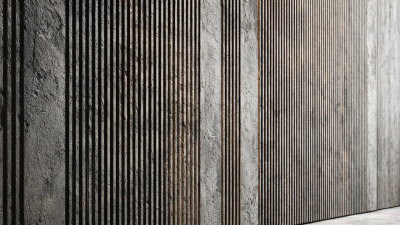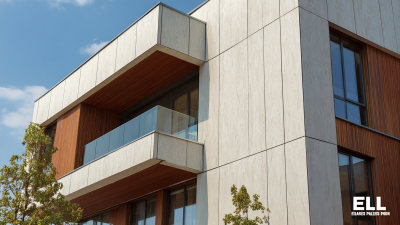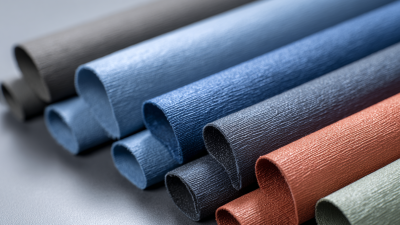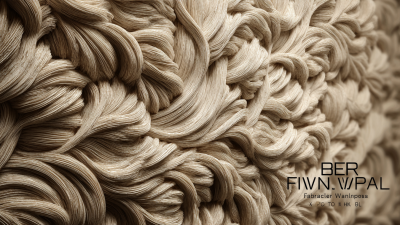When it comes to enhancing outdoor spaces, choosing the right WPC deck boards is critical for ensuring longevity and optimal performance. Wood Plastic Composites (WPC) have gained popularity due to their durability, low maintenance requirements, and resistance to the elements, making them an ideal choice for deck projects. However, with a myriad of options available on the market, selecting the best WPC deck boards can be overwhelming.
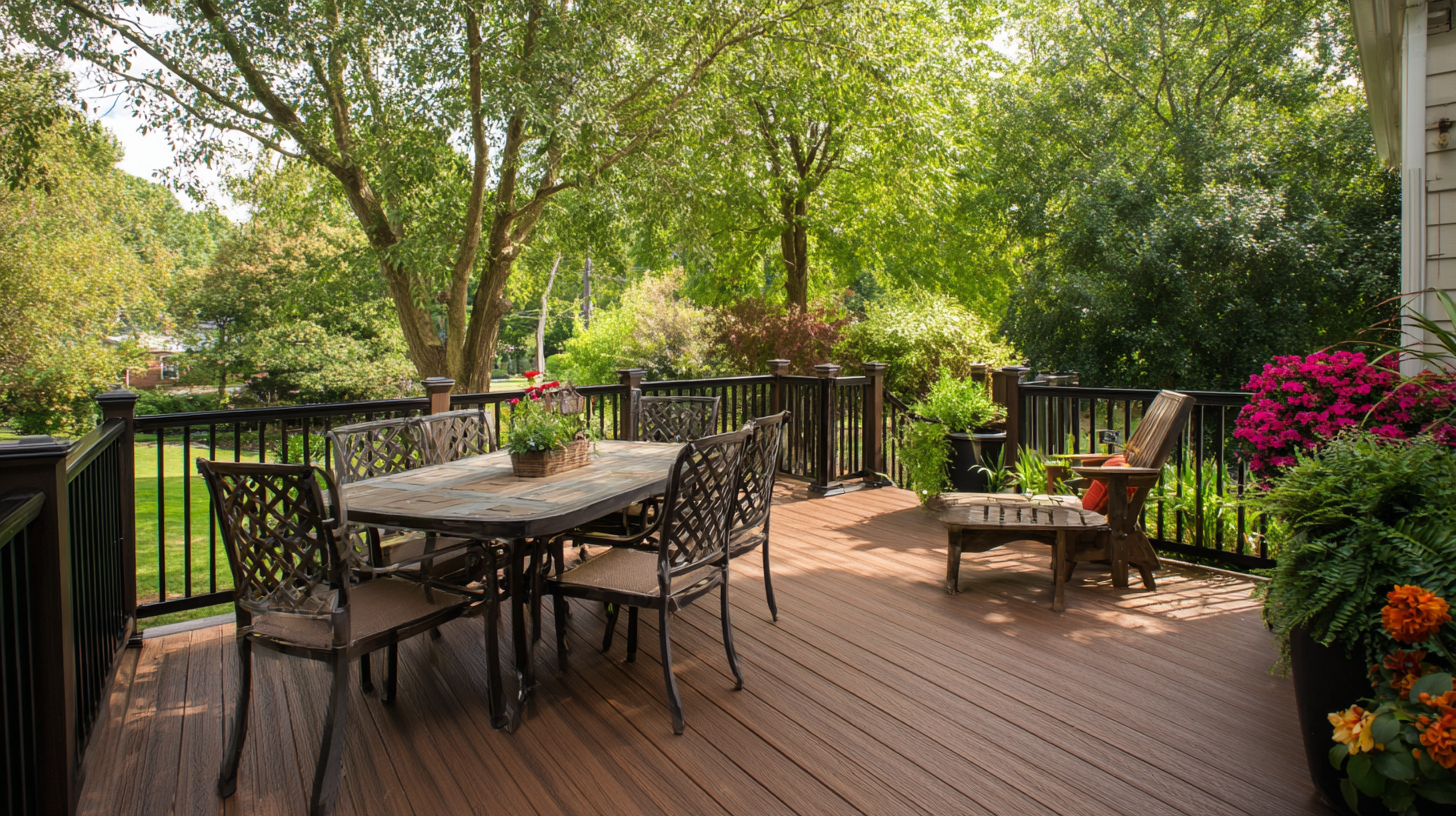
Factors such as material composition, manufacturing quality, color options, and environmental impact all play vital roles in the decision-making process. This guide will provide valuable insights into what to look for in WPC deck boards, ensuring that your investment not only meets your aesthetic preferences but also stands the test of time. Whether you are constructing a new deck or upgrading an existing one, understanding these key elements will help you make an informed choice that enhances your outdoor experience.
WPC (Wood Plastic Composite) deck boards have gained popularity as an ideal choice for outdoor decking due to their durability and low maintenance requirements. Understanding the composition of WPC is crucial when selecting the right boards for your project. Typically made from a combination of recycled wood fibers and plastic, WPC boards offer the aesthetic appeal of natural wood while providing enhanced weather resistance and resistance to pests such as termites. This unique blend of materials allows WPC boards to withstand the test of time, making them a smart investment for homeowners looking to enhance their outdoor spaces.
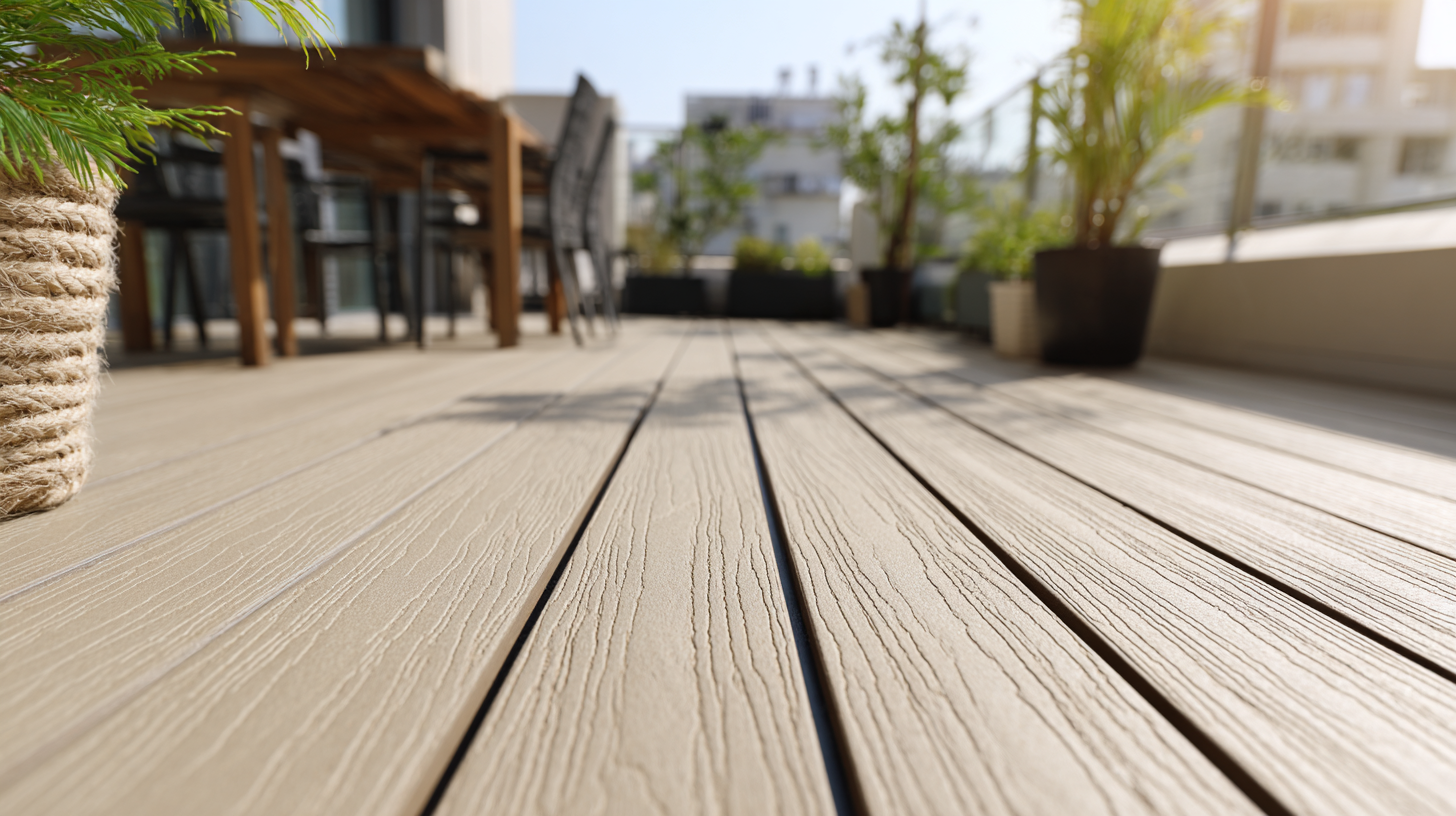
In addition to their composition, performance factors such as slip resistance, color retention, and fade resistance play an essential role in choosing the best WPC deck boards. High-quality WPC products often feature advanced technologies that help maintain their appearance and functionality over the years. It’s essential to consider the specific conditions of your environment, such as exposure to sunlight and moisture, as these can impact the longevity and performance of the deck boards. By understanding the nuances of WPC materials and their performance attributes, you can make an informed decision that ensures your deck will be both beautiful and functional for years to come.
When selecting WPC (Wood Plastic Composite) deck boards, understanding the factors that influence longevity is crucial. One of the primary contributors is the material composition. High-quality WPC boards typically consist of a blend of wood fibers and recycled plastic, resulting in a more durable product. According to the “Composite Lumber Market Report” by Smithers Pira, composite decking can last up to 25 years when properly maintained, significantly outlasting traditional wood decking, which typically lasts 10-15 years.
Another key factor affecting the performance of WPC boards is their quality. Not all WPC products are created equal; in fact, poorer quality boards can warp, fade, or develop mold prematurely. Seeking boards with high-density polyethylene (HDPE) can enhance resistance to moisture and wear, promoting both longevity and structural integrity. A research study from the American Wood Council noted that WPC boards with higher wood content experience more degradation, hence selecting a balanced formulation is essential.
**Tips:** Always look for WPC manufacturers that provide warranties of at least 10 years, as this can often indicate quality assurance. Additionally, checking for third-party testing certifications can help ensure you are making an informed decision.
| Material Composition | Quality Grade | Expected Lifespan (Years) | Resistance to Weather | Maintenance Requirement |
|---|---|---|---|---|
| Wood Plastic Composite (WPC) | High | 25-30 | Very Good | Low |
| Recycled Plastic Lumber | Medium | 20-25 | Excellent | Very Low |
| PVC Composite | High | 30-40 | Good | Medium |
| Bamboo Composite | Medium | 15-20 | Satisfactory | High |
When evaluating the performance of WPC deck boards, two critical factors come to the forefront: weather resistance and durability against wear. Weather resistance involves the board's ability to withstand varying climatic conditions, including extreme temperatures, rainfall, and UV exposure. For instance, decks that incorporate advanced polymers or additives specifically designed to repel moisture and resist fading will offer significant longevity. This is akin to findings in other materials research, such as the development of environmentally friendly dust suppressants for open-pit coal mines, which stress the importance of performance in challenging environments.
Additionally, wear resistance is essential for maintaining the aesthetic and functional integrity of deck boards over time. Similar to the analysis of structural features of face masks, which influence comfort and breathing performance, WPC boards can be evaluated based on their surface texture and coating options. Boards with a denser surface may provide better performance in terms of scratch resistance and overall durability. Ultimately, understanding these performance aspects will guide consumers in selecting the best WPC deck boards that not only enhance outdoor spaces but also withstand the tests of time and elements.
When selecting WPC (Wood-Plastic Composite) deck boards, considering the right texture and finish is essential for both aesthetics and performance. Just as luxury brands are expanding their customization options with fresh textures and colors, homeowners can similarly create a distinctive outdoor space by choosing the right surface treatments for their decks. Textures such as embossed or brushed finishes can provide not only a visually appealing appearance but also enhance grip and resistance to wear over time.
Moreover, the finish applied to WPC boards plays a crucial role in longevity. A high-quality surface treatment can protect the deck from UV damage, moisture, and staining, ensuring it maintains its look and functionality for years. By selecting WPC boards with the right combination of texture and finish, homeowners can achieve a beautiful and resilient deck that reflects their style and withstands the elements, much like the bespoke options available in high-end automotive customization.
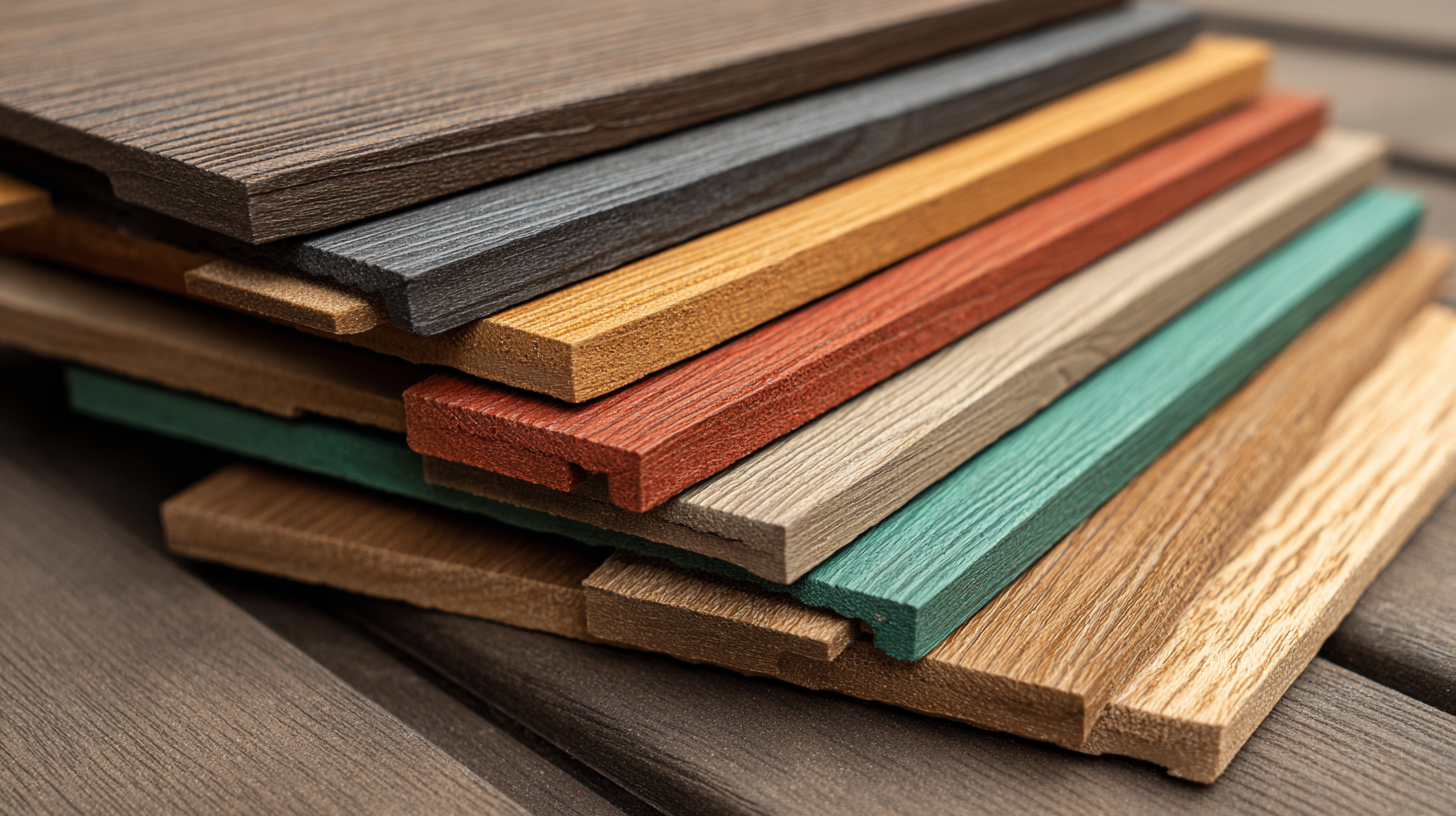
When selecting the best WPC (Wood Plastic Composite) deck boards,
understanding the balance between cost and value
is crucial for making an informed decision that fits your budget. According to a report from the Freedonia Group,
the demand for WPC decking is expected to increase by 8.5% annually,
primarily due to its aesthetic appeal and low maintenance. While initial costs can be higher than traditional wood,
the long-term savings on maintenance and replacement make WPC a valuable investment.
Tips: Consider the warranty offered by the manufacturer. Most high-quality WPC products come with warranties
ranging from 20 to 30 years, reflecting their durability and longevity.
Additionally, evaluate the material composition; boards with higher recycled content may offer improved
environmental value while delivering robust performance.
Another aspect to consider is the potential of enhanced property value. A study by the National Association of Realtors
indicates that a well-maintained deck can return over 70% of its cost upon house sale.
Investing in quality WPC deck boards not only ensures longevity but can also elevate your home’s value,
making it a financially sound decision for homeowners looking to maximize their investment.
